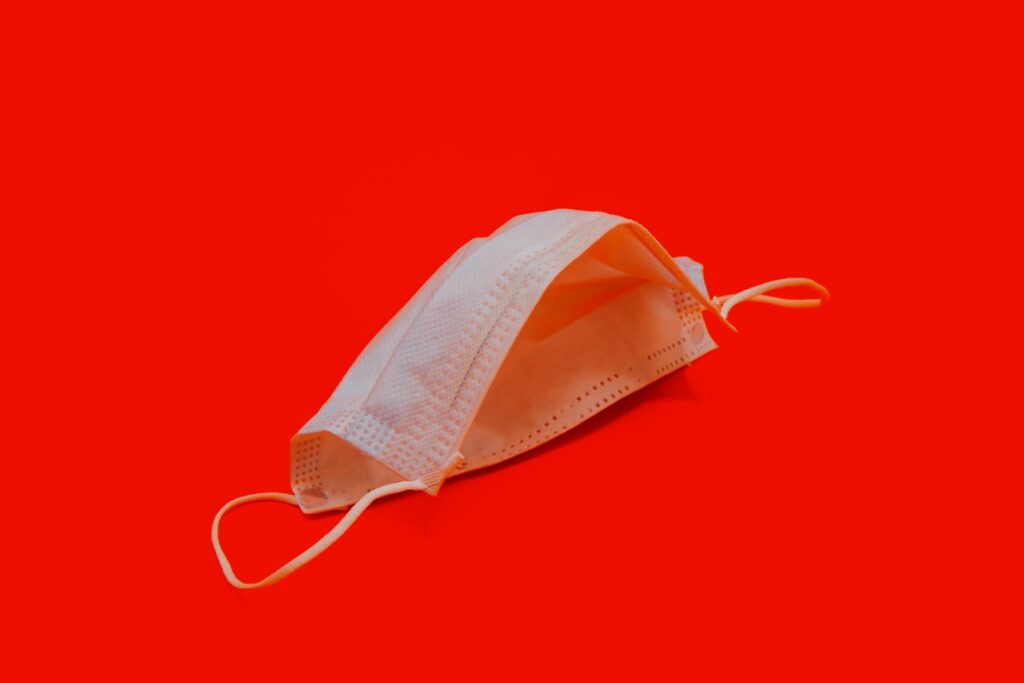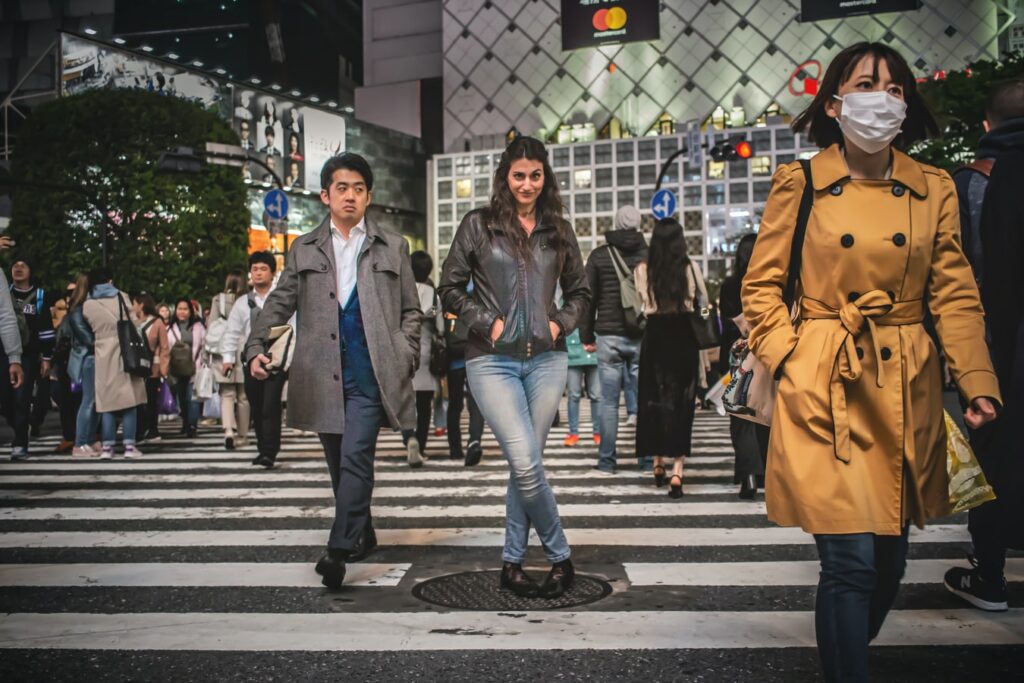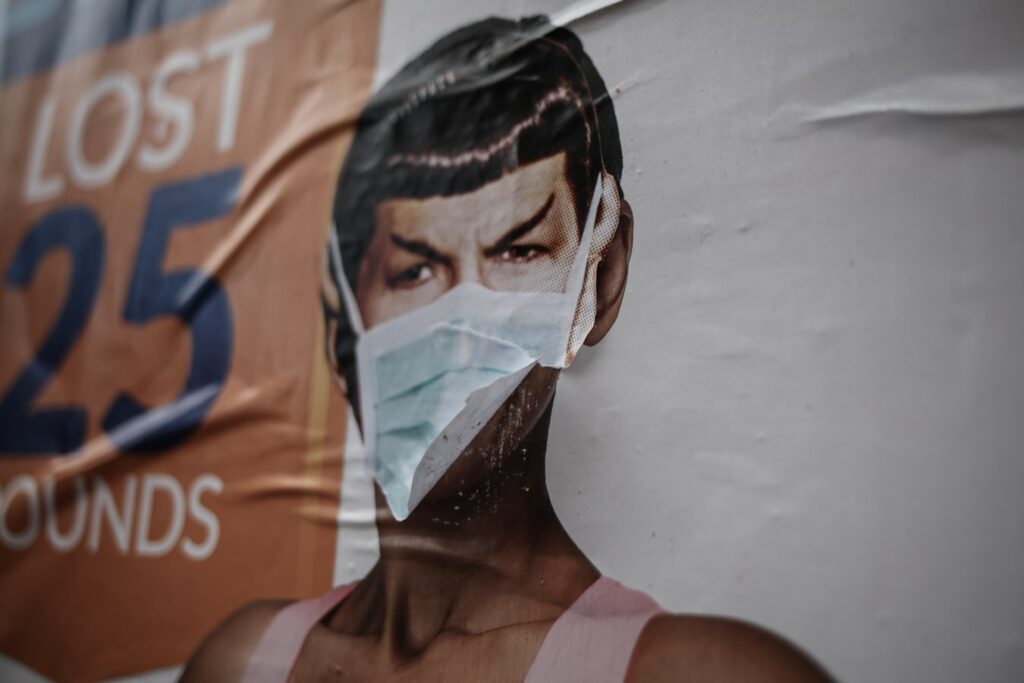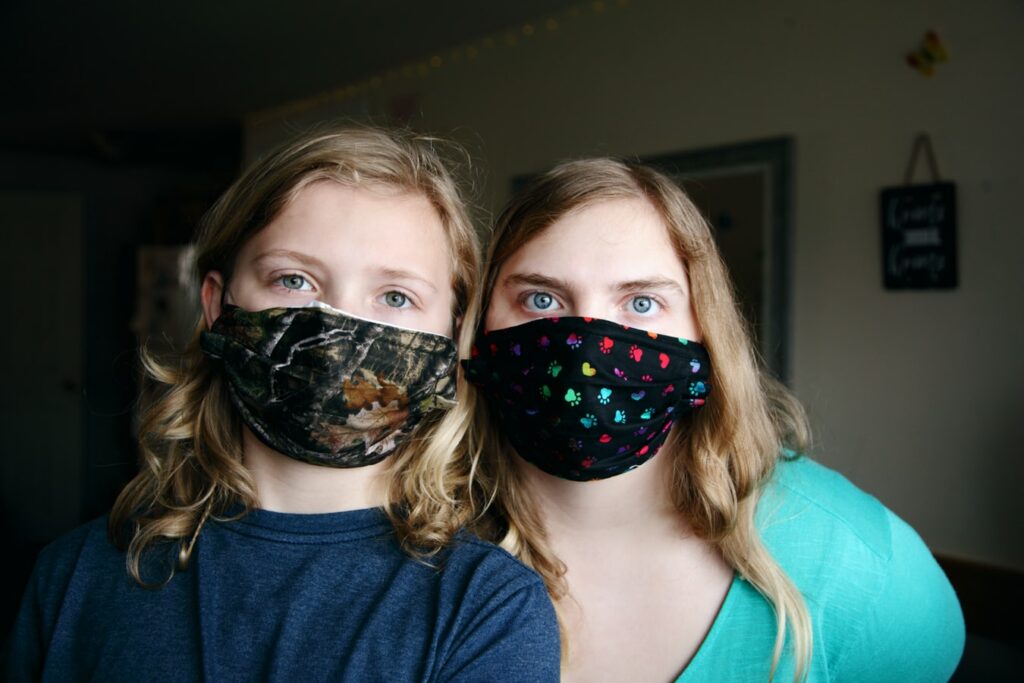Was it fears of shortages, a hesitancy to make guidance on incomplete information, or maybe even a failure to grasp the extent of the coronavirus problem? Whatever the case may be, our failure to implement face masks earlier may cost us dearly.

Asia’s recommendation
“Of course face masks help,” says Professor Kim Woo-joo from South Korea’s University Guro Hospital. “Why else would doctors in hospitals wear masks?”
Most if not all medics all in South Korea would agree with him. The guidance in South Korea (the country widely acknowledged to have the best results in dealing with the ongoing coronavirus pandemic) is strongly supportive of face masks — up to the point where people tend to wear not surgical masks, but respirator masks (the N95 or equivalents) — which many countries struggle to even provide their doctors.
It’s not just South Korea, either. Taiwan, Japan, Hong Kong — they all recommended widespread face masks right away. But outside of Asia, things were treated quite differently. The WHO, CDC, and most health organizations gave completely opposite guidance.
“There is no specific evidence to suggest that the wearing of masks by the mass population has any potential benefit,” said Dr. Mike Ryan, executive director of WHO’s health emergencies programme, just two weeks ago.
The US Surgeon General explicitly asked people to not wear masks, saying that this could actually increase the spread of coronavirus (if masks were worn improperly).
US Surgeon General Jerome Adams tweeted: “Seriously people – STOP BUYING MASKS! They are NOT effective in preventing the general public from catching #Coronavirus, but if health care providers can’t get them to care for sick patients, it puts them and our communities at risk!”
The World Health Organization (WHO) advised people to only wear masks if they themselves are sick, as did the CDC. The United States, Britain, much of Europe, Australia, New Zealand, India, South Africa, and many other countries instead emphasized washing hands and social distancing.

But now, all these organizations did a U-turn and are advising people to wear face masks, even improvised ones. Heck, the Surgeon General even published a video showing how to make a face mask out of an old cloth and two rubber bands. So what gives?
Fears of shortage
The main reason behind the guidance against using face masks is that the fear of shortages where it hurts most: in hospitals.
All experts agree that medical workers are the top priority for medical-grade protective gear, such as N95 respirators. They are the ones that need this protection the most as they are far likelier to be exposed to the virus, and they are also essential workers.
Countries such as South Korea, where face masks were common even before the coronavirus, were able to rapidly increase the production of respirator masks. Walking through the streets of Seoul, you’d see a large proportion of people wearing respirator masks, and almost everyone is wearing some form of face mask. But most parts of the world didn’t have this luxury, so respirator masks were mostly saved for medical staff.
The same reasoning was passed to surgical masks. Non-respirator surgical masks have a filtration rate of approximately 60% when worn properly, and far lower when worn improperly — and a large percentage of the population was expected to wear them improperly.
Here, too, health organizations feared shortages.
The fears were not unfounded. We’ve seen that even in developed countries with relatively well-equipped medical systems, shortages of masks and other personal protective equipment wreaked havoc in hospitals.
Most health bodies also argued that there’s no conclusive evidence to back the usage of masks.
Scientific information and improvised masks
The most important role of a face mask isn’t to protect the wearer — but rather to protect those around the wearer from the wearer. Of course, the more people wear masks, the more protection is offered, but how significant is that protection, anyway?

At first, researchers weren’t sure how COVID-19 is transmitted. Then, it was shown that the primary method of transmission is droplets, which masks (even improvised masks) can partially filter.
Studies on the filtration capacity of face masks are scarce in the literature, but they’re not completely missing. For instance, a 2013 study (focusing on influenza viruses, no coronaviruses) found that even layered cloth can have a decent filtration capacity.
A 2009 meta-review (a study of studies) also found that masks can offer some protection, as have several more recent studies. When it comes to SARS-CoV-2, the evidence is far from conclusive, but the weight of evidence seems to suggest that face masks, even improvised ones, can limit the spread of respiratory viruses. Masks are better than nothing, and we’ve essentially known that this even before the coronavirus pandemic.
After all, if even an old t-shirt strapped around the face can help even just a bit, that sounds like something you’d want people to know. It’s a low-risk intervention anyway, there’s not much to lose.

It’s unclear why this was not communicated by most health bodies until very recently. It could be due to fear of shortages or because the evidence was considered inconclusive, or perhaps health bodies just hadn’t realized how many cases are asymptomatic and how many people can unknowingly transmit the disease.
This last beat of evidence might have been decisive. It is these “silent carriers” — people that carry virus the but don’t manifest symptoms such as fever, cough, or muscle aches — that recent proponents of universal mask-wearing point to.
Whatever the case was, by the time the guidance changed in favor of masks, confusion was already sown, and we’d lost an important tempo.
“The big mistake in the US and Europe is that people aren’t wearing masks,” George Gao, the head of the China Centre for Disease Control, told the journal Science.
A change in policy
The change came rather suddenly. In Europe, the Czech Republic was the first to make it mandatory to wear a mask while in public. They reported positive results in only a few weeks, and by then, most European countries recommended or mandated the use of face masks.
In the US, the administration’s fumbled response caused significant confusion, and Trump personally gave mixed advice on wearing masks. Trump said wearing a mask would be voluntary, and he was unlikely to wear one himself. As a result, in the US, public acceptance of face masks is still lagging. Meanwhile, in Hong Kong, Taiwan, South Korea, Thailand, and Vietnam, wearing masks in public is widely accepted and enforced socially — no one wants to be given nasty looks for not wearing a mask and putting the health of those around at risk. It remains to be seen whether masks will eventually pick up steam in the rest of the world.
However, while it’s becoming increasingly clear that face masks provide partial protection, it’s partial protection.
Masks aren’t shields. It’s still important to help prevent transmission by practicing social distancing by staying at least 6 feet away from others in public, staying home as much as possible, and washing hands frequently and properly.


